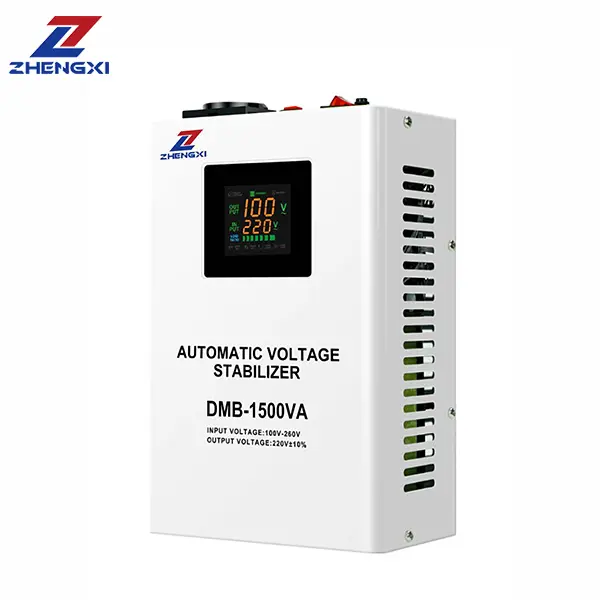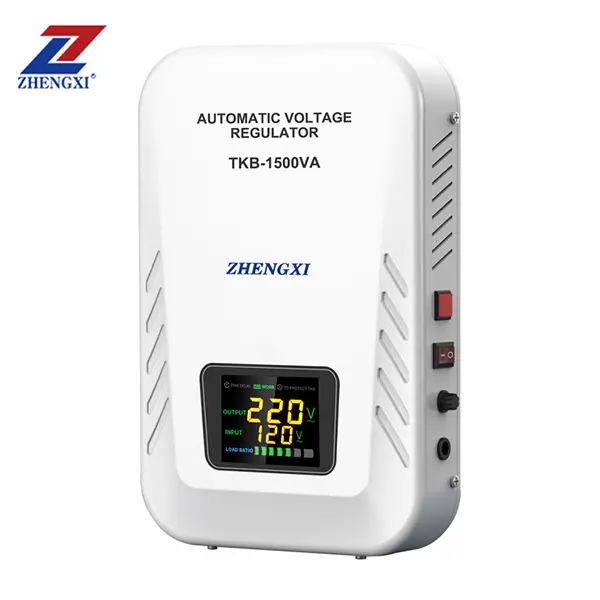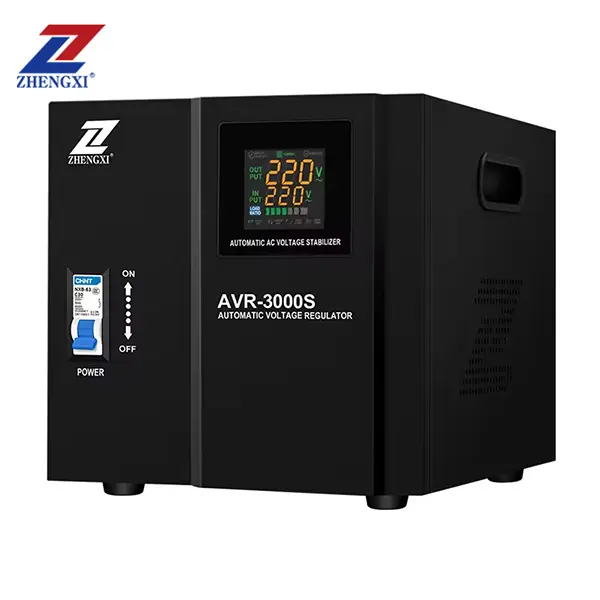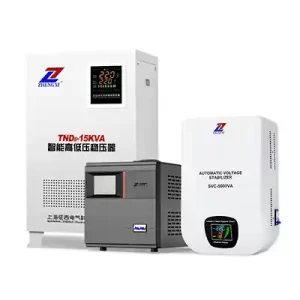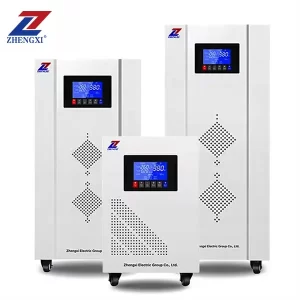Modern homes rely on a web of sensitive electronics—from smart TVs and gaming rigs to refrigerators, air conditioners, and even home medical devices. Yet unstable grid voltage can quietly damage these investments. A voltage stabilizer for home acts as an essential shield, ensuring your appliances receive clean, consistent power and perform at their best for years to come.
Why Voltage Fluctuations Happen (and Why They Matter)
Voltage fluctuations are deviations from your region’s nominal supply (110 V, 230 V, etc.) and arise from:
- Surges: Millisecond spikes from lightning or grid switching that can fry electronics.
- Sags: Momentary drops when large motors (e.g., AC compressors) start, causing flicker and data loss.
- Brownouts: Extended undervoltage during peak demand—stressful for motors and compressors.
According to IEEE Power Quality Standards, poor voltage quality is blamed for up to 40% of residential appliance failures.
How a Home Voltage Stabilizer Works
Also called an Automatic Voltage Regulator (AVR), it continuously monitors incoming AC voltage and corrects it via:
- Sensing & Comparison: Detects input vs. preset reference (e.g., 230 V).
- Correction:
- Buck Mode: Reduces overvoltage.
- Boost Mode: Raises undervoltage.
- Output Delivery: Supplies your home with stabilized, safe voltage (e.g., 230 V ± 5%).
Choosing the Right Type: Relay, Servo or Solid-State?
Not all stabilizers suit every need. Here’s a quick guide:
- Relay-Type:
- Pros: Affordable, fast tap-switching.
- Cons: Click noise, stepwise output; best for fridges, lights, TVs.
- Servo-Controlled:
- Pros: Smooth ±1% regulation, wide input range, quiet.
- Cons: Larger, brush maintenance; ideal for whole-home or sensitive AV systems.
- Solid-State (Static):
- Pros: Microsecond response, zero moving parts.
- Cons: Premium price; perfect for data centers, life-safety devices.
Key Selection Criteria for Your Home
- Load Calculation: Sum appliance wattages +30% safety margin.
Example: 3000 W/0.7 PF ≈ 4.3 kVA → choose ≥ 5 kVA unit. - Input Voltage Range: Test your mains (peak vs. low). Look for stabilizer specs like 90–280 V or 140–260 V.
- Features: Surge protection (MOVs), delay timer, display, bypass switch.
- Warranty & Support: Prefer 3–5 year warranties and local service network.
Top Benefits You’ll Notice
- **Longer Appliance Lifespan** by eliminating over/under-voltage stress.
- Better Energy Efficiency, as motors run at optimal voltage.
- **Reduced Downtime** and expensive repairs—peace of mind for your family.
FAQ
Q: Can I use a single stabilizer for my entire home?
A: Yes, if total load ≤ stabilizer rating. Otherwise, consider multiple units or a whole-home servo stabilizer.
Q: How is a stabilizer different from a UPS?
A: A UPS primarily provides backup power; only higher-end UPS include AVR. A dedicated stabilizer focuses on precise voltage correction.
Ready to Protect Your Smart Home?
Don’t wait for flickering lights or fried circuit boards—explore our home voltage stabilizer lineup and get a free sizing consultation today.

